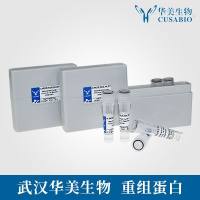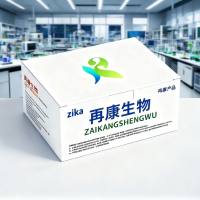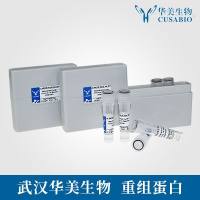Studies of Secretion Using Permeabilized Platelets
互联网
523
Exocytosis from the three granules of platelets (dense-core, alpha, and lysosome) is a key event in normal hemostasis. Defects in these processes lead to bleeding-time disorders, such as Hermansky-Pudlak and gray platelet syndromes (1 –4 ). Conversely, hyperactive secretion causes inappropriate clot formation, leading to the occurrence of stroke or heart attack (5 ,6 ). These two examples of hypo- and hyperactive platelets underline the need to understand the molecular mechanisms that are required for the platelet-release reaction. Recent advances by several groups have elucidated at least some of the proteins required for platelet exocytosis. Soluble NSF attachment protein receptor (SNARE) proteins mediate platelet granule-plasma membrane fusion (reviewed in 7 –9 ). These integral membrane proteins form heterotrimeric (or heterotetrameric) complexes that span the two bilayers of a membrane fusion junction (reviewed in 10 ,11 ). Proteins of the t-SNARE class (target membrane SNAREs), such as syntaxin 2 and SNAP-23, have been shown to be required for all three granule-release events (12 –15 ). Syntaxin 4, however, participates only in alpha-granule and lysosome release (12 –14 ). v-SNAREs (vesicle SNAREs), such as VAMP-3/hceb and VAMP-8/endobrevin, have been shown to be present in platelets (16 ,17 ) and have been implicated in alpha-granule and dense-core exocytosis (17 ,18 ). With the establishment of the SNAREs as the basic membrane fusion machinery for granule release, the focus now turns to SNARE regulatory molecules that control how the t- and v-SNAREs interact with each other. Molecules such as Munc18, DOC2, Munc13, Rab, and members of the synaptophysin/pantophysin families are present in platelets (T. W. Rutledge and S. W. Whiteheart, unpublished observations; T. D. Schraw and A. M. Bernstein, personal communications; 19 –21 ) and may hold the key to the distinct regulation of each of the three platelet-secretion events.









